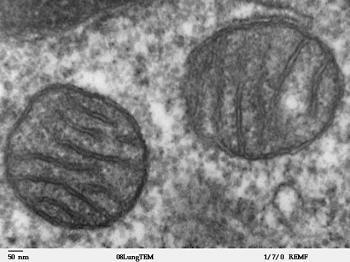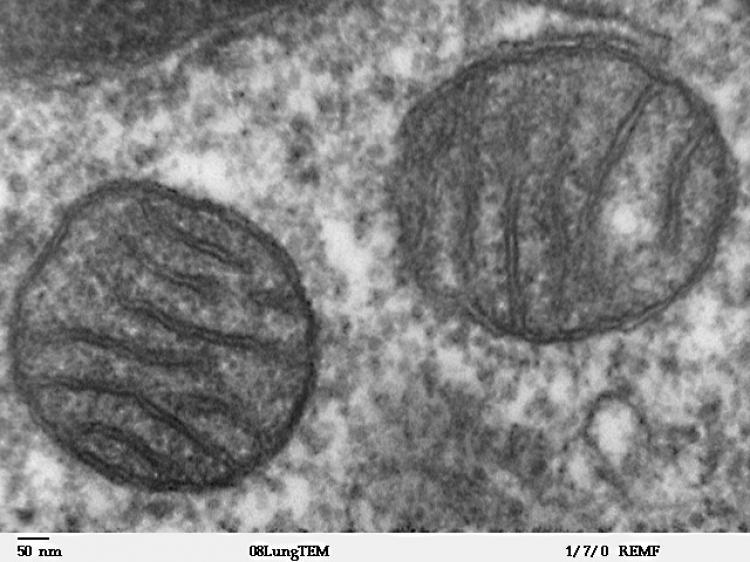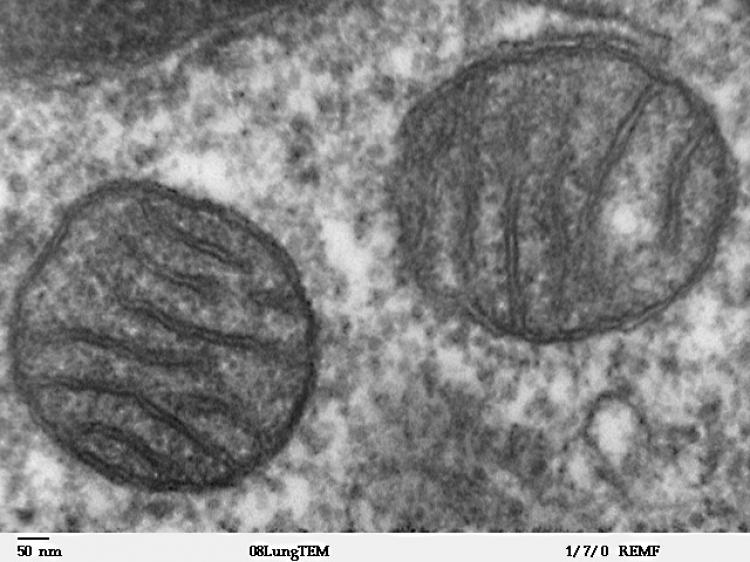Mitochondria’s role in genetic processing may explain certain cases of male infertility, a paper published in this month’s Developmental Cell suggests.
Researchers from the Center for Developmental Genetics at New York’s Stony Brook University, the Gill Heart Institute at the University of Kentucky, and Chonnam National University Medical School in Korea were able to demonstrate that a protein named MitoPLD localizes on the surfaces of mitochondria and plays a role in sperm formation.
MitoPLD signals mitochondria to fuse together, which initiates a pathway resulting in the production of piwi-interacting ribonucleic acids (piRNAs). These piRNAs are critical in blocking genetic elements known as transposons from replicating and causing DNA damage. Without piRNAs, meiosis is stopped and differentiating sperm cells die.
The team, led by Dr. Michael Frohman of Stony Brook University, showed that expression of the MitoPLD gene is responsible for generating the messenger molecule phosphatidic acid (PA) on the mitochondrial surface, signaling mitochondria to aggregate.
Moreover, using mice that were genetically engineered to lack the MitoPLD gene, the investigators showed that male mice without this protein were infertile. In female mice, there was no effect on fertility.
“The long-term potential significance of our laboratory findings is the possibility that some cases of male infertility may be caused by inherited mutations in MitoPLD, the signaling enzyme, especially since at least one inactivating mutation is found in the database of sequenced human DNA,” Frohman said in the press release.
“Conversely, pharmacological inhibitors of MitoPLD could have potential utility as male contraceptives.”
In spite of the findings, the authors note that the mechanism and pathway by which MitoPLD acts and piRNA forms are complex and much is still unknown.
Mitochondria have long been known as the “powerhouses” of cells because of their role in cellular energy production. In recent years, scientists have been studying the organelle’s role in regulating other molecular pathways within the cell.
Researchers from the Center for Developmental Genetics at New York’s Stony Brook University, the Gill Heart Institute at the University of Kentucky, and Chonnam National University Medical School in Korea were able to demonstrate that a protein named MitoPLD localizes on the surfaces of mitochondria and plays a role in sperm formation.
MitoPLD signals mitochondria to fuse together, which initiates a pathway resulting in the production of piwi-interacting ribonucleic acids (piRNAs). These piRNAs are critical in blocking genetic elements known as transposons from replicating and causing DNA damage. Without piRNAs, meiosis is stopped and differentiating sperm cells die.
The team, led by Dr. Michael Frohman of Stony Brook University, showed that expression of the MitoPLD gene is responsible for generating the messenger molecule phosphatidic acid (PA) on the mitochondrial surface, signaling mitochondria to aggregate.
Moreover, using mice that were genetically engineered to lack the MitoPLD gene, the investigators showed that male mice without this protein were infertile. In female mice, there was no effect on fertility.
“The long-term potential significance of our laboratory findings is the possibility that some cases of male infertility may be caused by inherited mutations in MitoPLD, the signaling enzyme, especially since at least one inactivating mutation is found in the database of sequenced human DNA,” Frohman said in the press release.
“Conversely, pharmacological inhibitors of MitoPLD could have potential utility as male contraceptives.”
In spite of the findings, the authors note that the mechanism and pathway by which MitoPLD acts and piRNA forms are complex and much is still unknown.
Mitochondria have long been known as the “powerhouses” of cells because of their role in cellular energy production. In recent years, scientists have been studying the organelle’s role in regulating other molecular pathways within the cell.







Friends Read Free